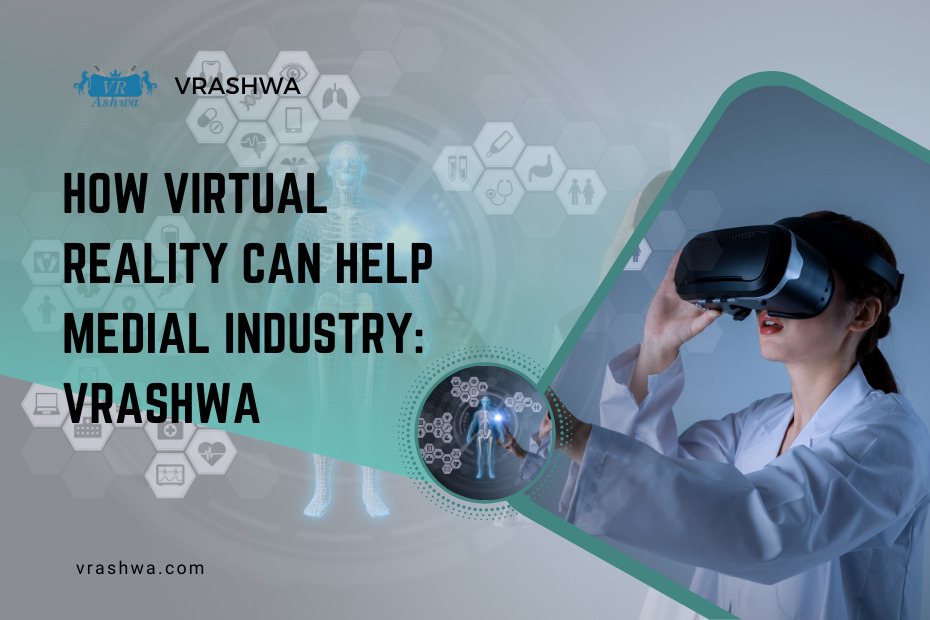Today, we’re diving into the transformative world of virtual reality (VR) in healthcare. Strap on your VR headset; it will be quite a journey!
Do you remember the first time you experienced virtual reality? For me, it was a roller coaster simulation. I was standing in a tech store, wearing bulky goggles and flailing my arms around, much to the staff’s amusement. Little did I know this emerging technology would soon revolutionize an industry very close to my heart – healthcare.
Medical Education and Training
Let me transport you to the cutting-edge realm of medical education. Picture traditional medical education – textbooks, long lectures, and pressure-filled, hands-on experience. Now, imagine replacing this with an immersive, virtual environment. You’re no longer learning from books; you’re stepping into the human body, seeing organs function up close, and practising surgical procedures without risking actual patients.
What impact could this have on the future of medical education? Will VR simulations lead to better-trained, more confident medical professionals?
One of my friends, a surgical resident, used VR to practice a particularly challenging surgery. He told me, “It was like rehearsing a complicated performance, every step was choreographed, and when I performed the surgery for real, I felt prepared and confident.”
Between an amusing roller coaster simulation and my friend’s surgery practice, I started seeing VR’s transformative power. But that’s just the tip of the iceberg.
Managing Mental Health Conditions
Let’s move on to a crucial yet often overlooked topic – mental health. VR in this sphere is a safe and controlled environment, allowing individuals to confront their fears gradually.
Can you imagine using VR to simulate public speaking to help those with social anxiety? How about flying for individuals with acrophobia? The possibilities are seemingly endless.
As an individual with a fear of heights, I tried out a VR simulation that put me on top of a skyscraper. It was terrifying, yet it helped me face my anxiety in a controlled manner. By the end of the experience, I was enjoying the virtual view from up high!
Taking a Break:
While talking about VR, let’s take a little detour into humour. Ever thought about VR mistakes? Just think about it; doctors virtually operating on a kidney might accidentally end up performing brain surgery! Rest assured, folks, VR allows for errors without any real-world consequences.
Cost-Effective Healthcare Delivery and More
Finally, let’s delve into the cost-effective aspects of VR in healthcare. With the advent of remote consultations and virtual care, we’re saving costs and making healthcare more accessible.
Have you ever considered how VR could impact access to healthcare for remote or underserved communities? Could we see a future where everyone, regardless of location, has access to world-class healthcare through VR technology?
As we unstrap our virtual reality goggles and return to the real world, I hope you’re as excited as I am about the future of VR in healthcare. From enhanced medical education to cost-effective healthcare delivery, VR’s potential is incredible.
Just as my roller coaster simulation was an exciting ride, so was the journey of VR in healthcare. Where do you think this ride is heading next?

